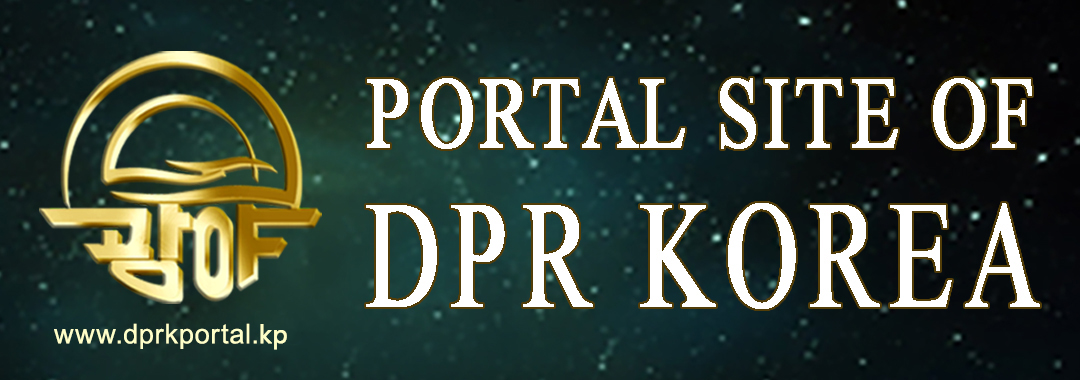

Water is one of the most important natural resources for humans, and water quality is closely related to human health and life. Therefore, water quality evaluation (WQE) is very important for human health, life and environment and for water management. Since there are many water quality parameters that characterize the quality of water, it is very difficult to evaluate water quality levels.
Water quality index (WQI) is the most widely used WQE method that measures the comprehensive effect of the water quality parameters and ensures integration. It transforms multiple water quality parameters into a single value that quantifies the water quality level based on different mathematical approaches. It evaluates the water quality based on the relative weighted summation of multiple water quality parameters. The aim of WQI is to quantitatively evaluate water quality levels, and rank and classify water bodies according to their chemical, physical and biological water quality parameters.
Many international and local organizations have developed about twenty WQIs by making great efforts for water quality evaluation in different environments.
However, the WQE methods have non-negligible disadvantages. Their common drawback is the lack of visualization of WQE results.
Yang Won Chol, a researcher at the Faculty of Materials Science and Technology, has proposed a new visualized pointer meter-type virtual water qualimeter (VWQ-meter) based on a quadrant circular constellation graph (QCCG), by introducing the pointer meter and CG for WQE.
The proposed water qualimeter has a changeable broken linear pointer with variable lengths and shapes. It can evaluate water quality quantitatively as well as intuitively like traditional water qualimeters.
For more information, please refer to his paper “A new virtual water qualimeter with a changeable broken linear pointer based on a quadrant circular constellation graph” in “Water Science & Technology” (SCI).
